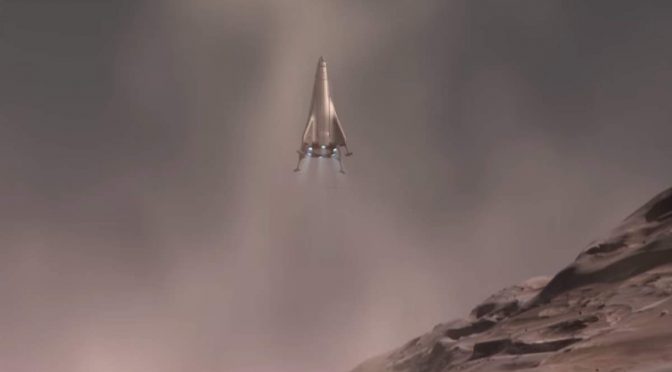Spacewalking or Extravehicular activity (EVA) is any activity done by an astronaut or cosmonaut outside a spacecraft beyond the Earth’s appreciable atmosphere (a moonwalk is also an EVA). The first spacewalker was the Soviet cosmonaut Alexey Arkhipovich Leonov. He became the first human to conduct an extra-vehicular activity (EVA) on March 18, 1965; exiting the capsule during the Voskhod 2 mission for a 12-minute spacewalk. Since this very short EVA, a lot of astronauts/cosmonauts spent many hours outside their spacecraft, mostly for maintenance missions. Here are the top 20 longest spacewalks in history.








